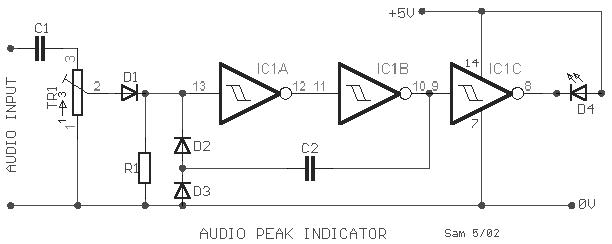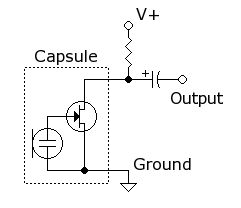Plungestep
New Member
I'm trying to build a simple LED circuit that activates when a piezo detects a knock or bump. The LEDs are standard red LEDs.
Is there a specific transistor I should be using here?
**broken link removed**
Is there a specific transistor I should be using here?
**broken link removed**






